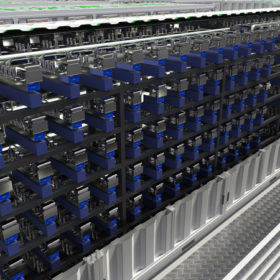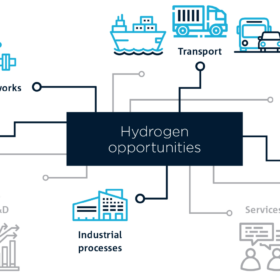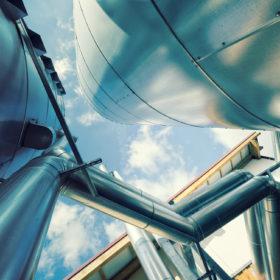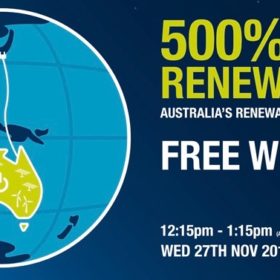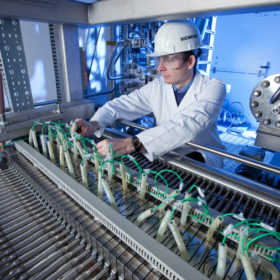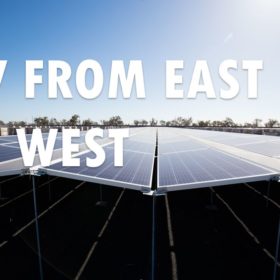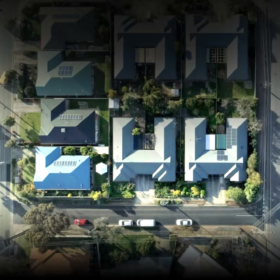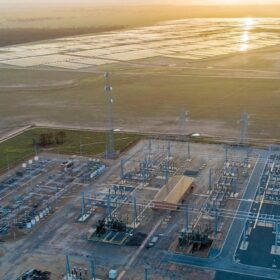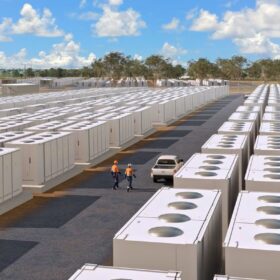Greentech raises funds for greenhouse gas-to-hydrogen investment, eyes $100m Australian opportunity
California-based Greentech startup ReCarbon, which recycles greenhouse gases by converting them into hydrogen, is targeting a big Australian investment.
CSIRO calls for more research to unlock $11 billion hydrogen potential
The national science agency, CSIRO, has mapped the critical research steps Australia must take to realise a potential 7600 jobs and $11 billion a year by 2050 from the burgeoning hydrogen industry.
Construction begins at Hydrogen Park South Australia
The transformation of South Australia’s energy system has taken another step forward with early site works at a green hydrogen facility near Adelaide. The plant will integrate what is billed as Australia’s biggest electrolyser of its kind.
Reindustrialising Australia, the path to 500% renewables
Australia has an undisputed competitive advantage when it comes to renewable energy, and many believe we can become a clean energy exportation superpower, but we have to reindustrialise ourselves first.
Western Australia to consume its carbon budget 20 years too early, report finds
Under the business-as-usual scenario, Western Australia could use up its Paris-Agreement 1.5°C compatible carbon budget within 12 years but a massive ramping up of renewable energy capacity would unlock significant economic opportunities for the state, finds a report by Berlin-based science and policy institute Climate Analytics.
Australia’s National Hydrogen Strategy adopted, funds for new projects allocated
State and federal energy ministers have given a tick of approval to the National Hydrogen Strategy prepared by chief scientist Alan Finkel and voiced support for a $370 million fund for green hydrogen projects. Against high expectations of the country’s hydrogen export potential, a report finds that Australia has overhyped the potential demand for hydrogen exports by a factor of up to 11.
Enough ambition (and hydrogen) could get Australia to 200% renewable energy
The possibilities presented by hydrogen are the subject of excited discussion across the world – and across Australia’s political divide, notoriously at war over energy policy.
Tasmania wants to lead the way with green hydrogen
New Analysis from Hydro Tasmania shows the island state to be in a unique position to lead the nation in the production of green hydrogen from renewable sources.
Part 3: Big solar deployment outshines Queensland coal story
In late 2016, Queensland’s Labor Government revealed a plan for 50% of the State’s electricity to be renewably sourced by 2030, and the state has made significant steps toward that goal.
A guided tour of Australia’s solar and storage market; Part 1: Victoria
Abundant sunshine, favorable policy settings and high power prices have long placed Australia at the cutting edge of rooftop solar uptake. The more recent utility-scale boom has further enhanced its status as a PV leader. Battery adoption, microgrids, EVs and green hydrogen are all taking shape, yet what should be an Aussie smart energy no-brainer continues to be dogged by mounting investment uncertainty and a toxic debate on the national level.
